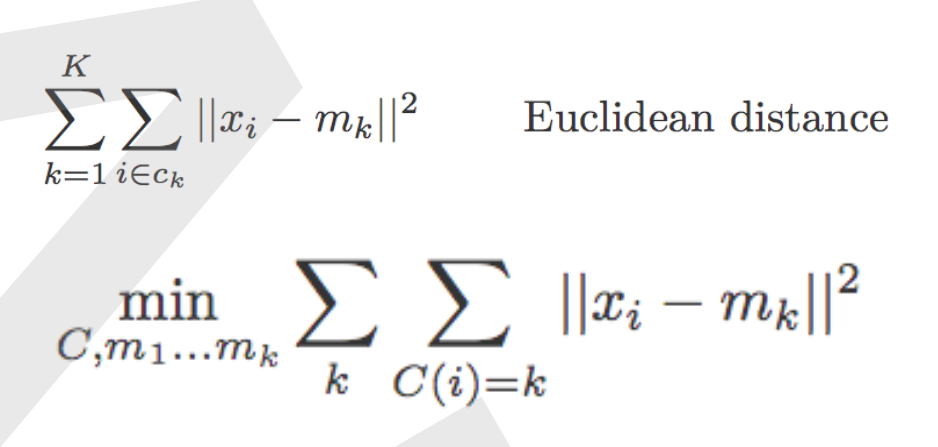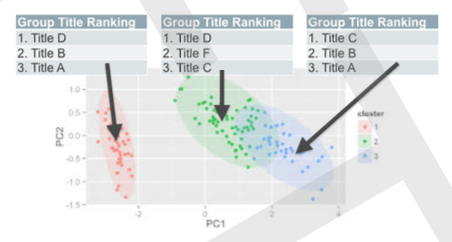Utilizing Video Views to Create Recommendations for Marketing Funnels
Dec 07, 2020
Marketers, data scientists and generally those tasked with characterizing entire industries and sectors are working in a world of ever-expanding and overwhelming data and choices. We look at a novel approach to cluster out audiences and segments using video views and discussed it in a paper.
Download the full paper here.
The Role of a Digital Marketer
Marketers, data scientists and generally those tasked with characterizing entire industries and sectors are working in a world of ever-expanding and overwhelming data and choices. Mapping out audience or industry stake- holder interests is increasingly complex, and there is need to filter, prioritize and efficiently deliver relevant information in order to alleviate the problem of information overload.
At the same time, 2020 has ushered in a year of online conferences, videos, connections far beyond what has ever been seen in the past. Interestingly, over the past decade, many peer-reviewed, high-quality studies have been carried out in relation to leveraging online video for learning, brand loyalty and engagement. Much of this rests on the fact that a user must choose wisely how they spend their time online viewing technical videos - video viewing time on a per person basis is a scarce commodity.
In other words, video viewing behavior can be considered to be, “similar” to purchasing or deciding, from a psychological standpoint. But what does this mean from a data science or trend-following perspective?
Translating Video View Data to Insights
Translating the above psychological assumption into a mathematical framework, I created an algorithm which uses a traditional cluster analysis technique to create serendipitous market segmentation recommendations for a digital marketer to use.
 Example Clusters From Marketing Funnels from Video Views Paper Above
Example Clusters From Marketing Funnels from Video Views Paper Above
 Distance and Cluster Formula Used in Paper
Distance and Cluster Formula Used in Paper
Cluster analysis is the mathematical task of grouping observations in such a way that items which are close to each other in value, distance, measurement or by some pre-defined method are in the same group. The paper I put together on how this was all constructed goes into detail about how this cluster analysis works, as well as the mathematics behind it.
Measuring Algorithm Performance
Simply Making clusters from data is not enough. Any kind of clustering algorithm will always yield a result. The utility of that result depends upon its function and the efficiency of that function. Typically when the type of math used described in my paper is used, efficiency can be measured in increased sales, or increased user satisfaction. In this case, the situation is reversed, in that additional performance measurements must be put in place which measure return on investment.
The first part of this algorithm would need to be a ranking system, which ranks topics or titles to a particular audience segment or cluster. Basically, percolating the topic up to the top of the list for a given cluster is going one step beyond merely segmenting out the audience - it’s recommending what that audience may most enjoy.
 Cluster Ranking Function Graphical Model
Cluster Ranking Function Graphical Model
From this point, a digital marketer would need to create and redistribute content, or distribute the same content in a different medium. This means a third layer of software or at least manual process would need to be performed which measures advertising spend using a clustering, audience segmentation vs. just randomly feeding content to a non-clustered audience. Metrics would need to be selected either based upon user response rate to new content, click rate, clickthrough rate, or sales and cart amounts of the segmented audience vs. the non-segmented audience. Weights could be applied on an ongoing basis to respond to how effective automated user segmentation is in terms of driving further sales.
Conclusion
I’m always interested in finding out new applications for this framework. Please contact me or sign up for my mailing list for more information on this and other similar interesting applications using machine learning and internet of things for various market segments.